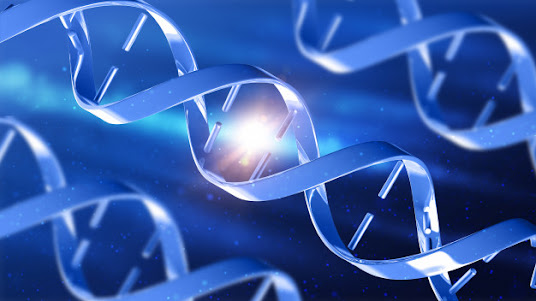The
use of Epigenetics in the context of infertility treatments and cures for
certain female disorders has gained much attention in recent years. But what is
Epigenetics?
Epigenetics
was first described by Winnick in 1995. He proposed that all observed
differences in human genes come from changes in the methyl-transferase function
of cells. Methyl DNA (meth DNA) and cytosine DNA (sn RNA) are the two DNA
components that determine biological activity in cells. Winnick noted that
methylation occurs when a specific DNA binding variable, methyl donor, is
mutated, thus altering the transcription of two genes: the promoters and the
enhancers.
Since
the mutations in methyl-transferase cells alter DNA sequence, this form of Epigenetics
can be compared to the DNA of an object in the natural environment. In that
case, the objects "model" their own genome by behaving in accordance
with their environment. Here, it is used to describe the mapping of individual
genes on the genome and the corresponding behavior in response to changes in
the environment. The concept of Epigenetics has had some setbacks. For example,
it is very difficult to visualize how methylomes and enhorisks relate to infertility
in human subjects.
Recently,
researchers have identified a way of interpreting the relationship between
environmental exposures and altered Gene expression patterns called
Epigenetics. Using mouse models, they have found that alterations in the promoters
of genes can cause substantial increases in levels of specific proteins.
Interestingly, they showed that these Epigenetics-modifying proteins can cross
the blood-brain barrier and affect brain functions such as memory and behavior.
Using sophisticated biochemical methods, they were able to map these protein
modifications across the brain.
To
conclude epigenetics science is in its early stages, and it is hard to see how
basic principles will hold up over time.

Comments
Post a Comment